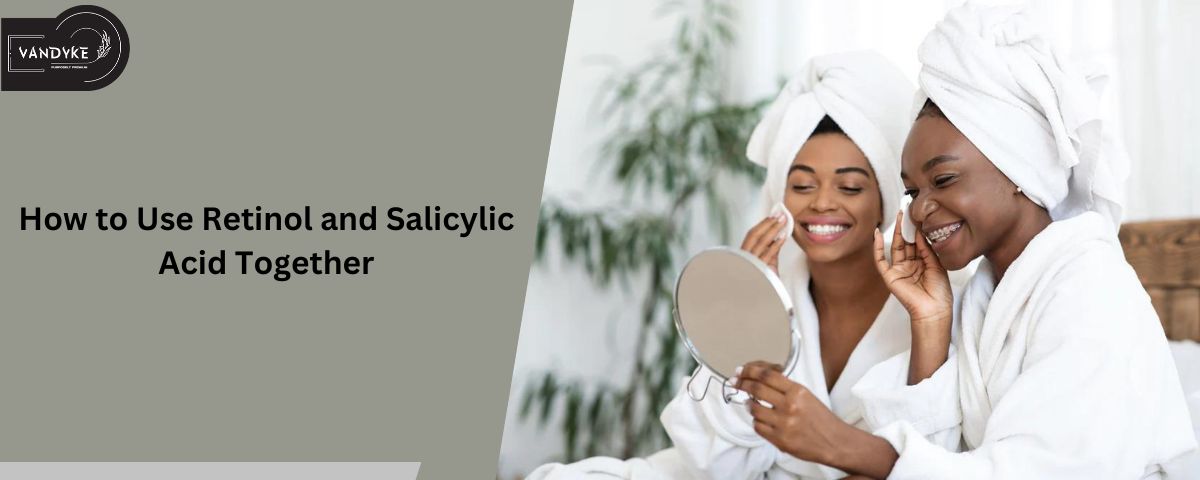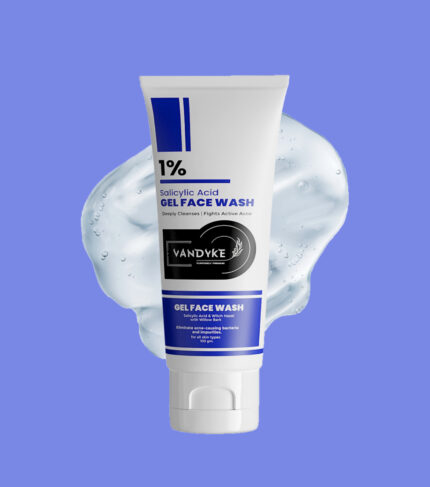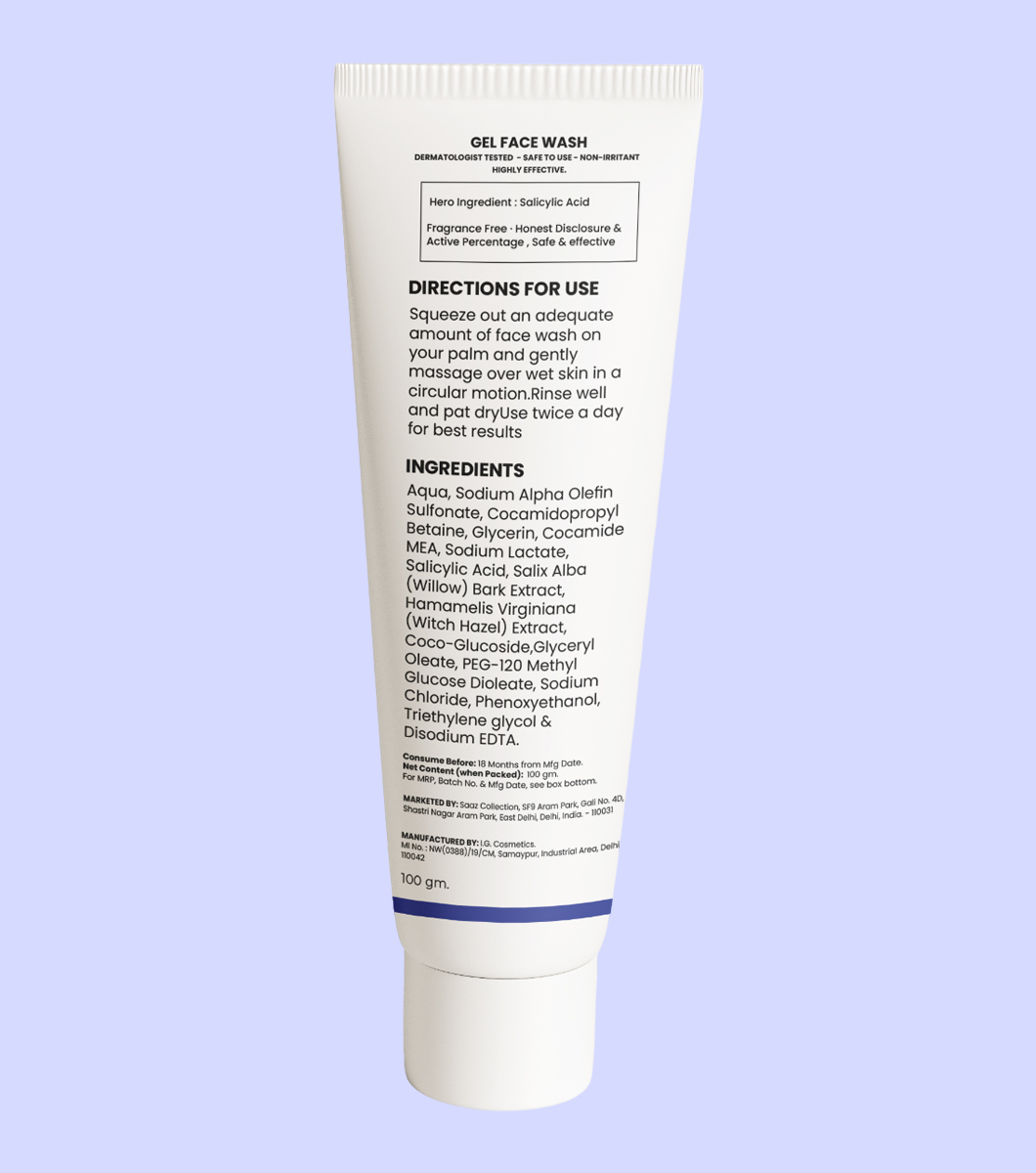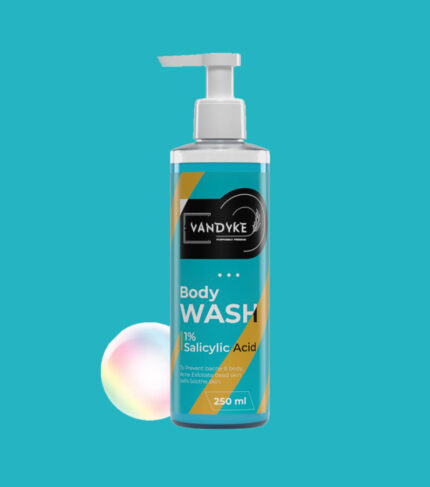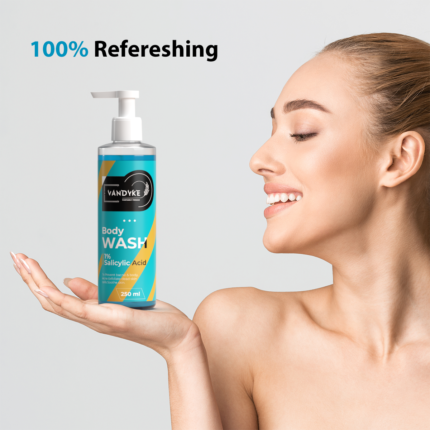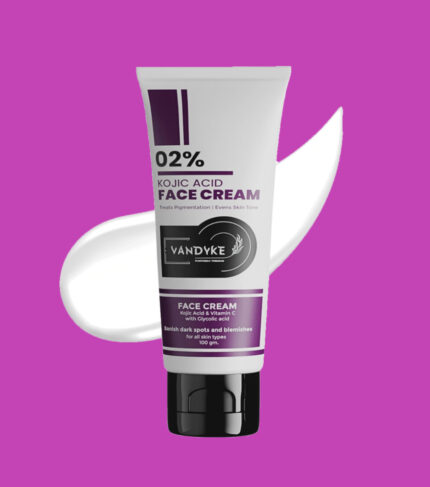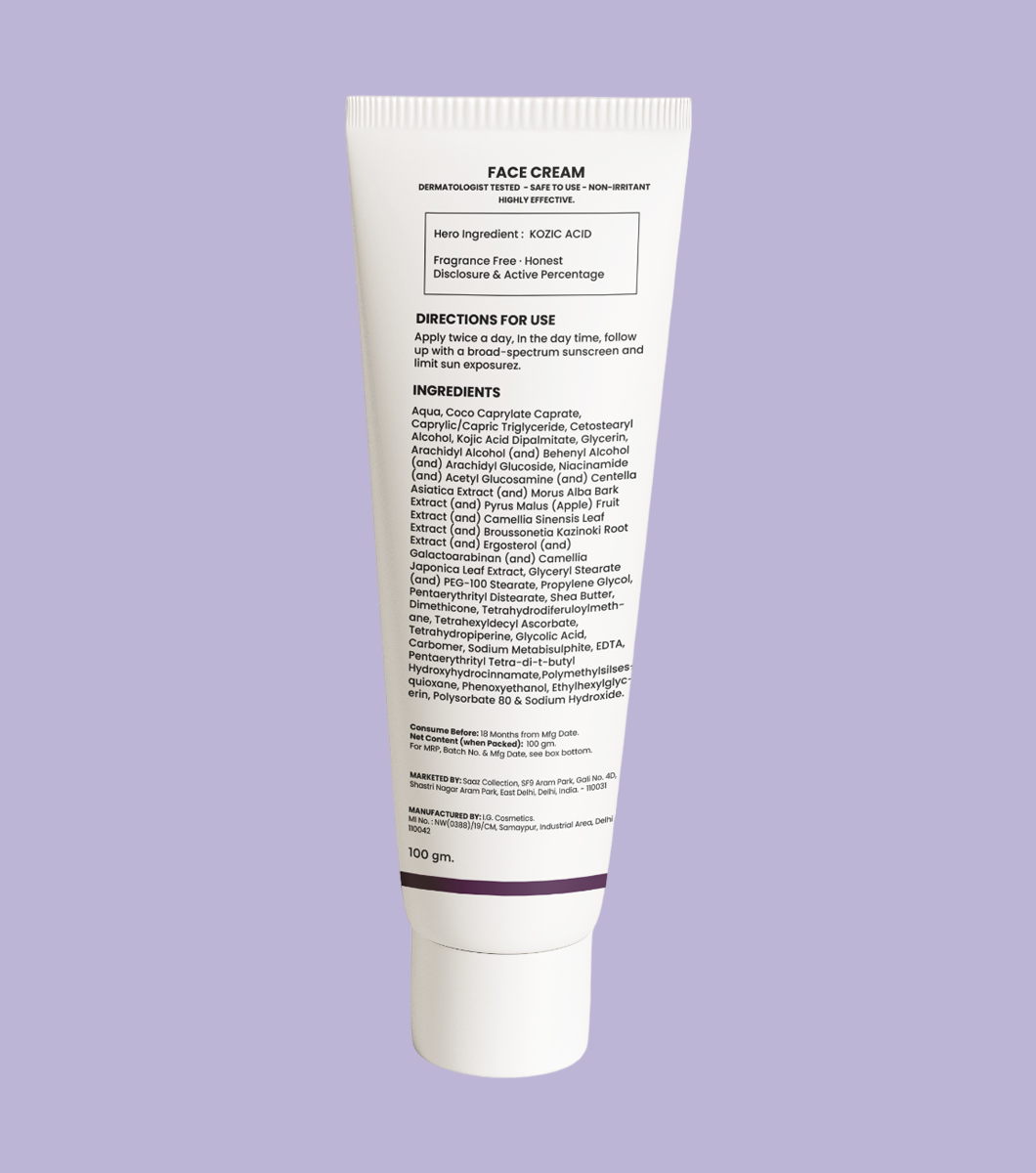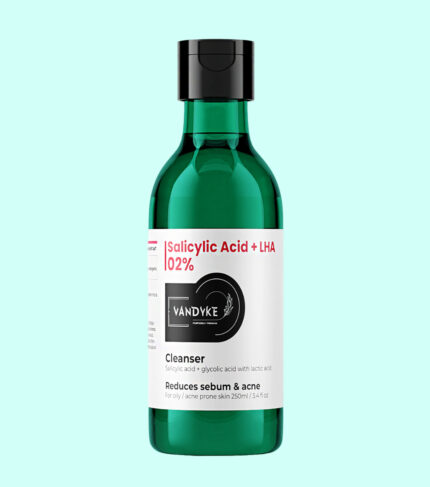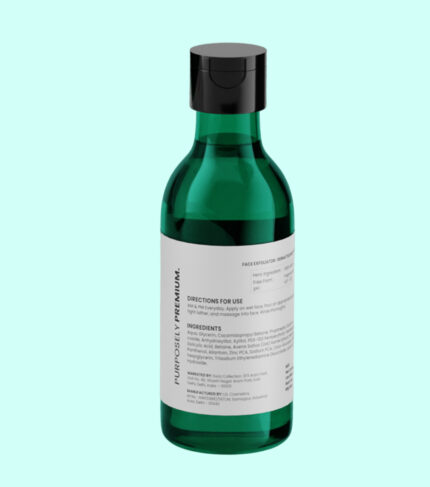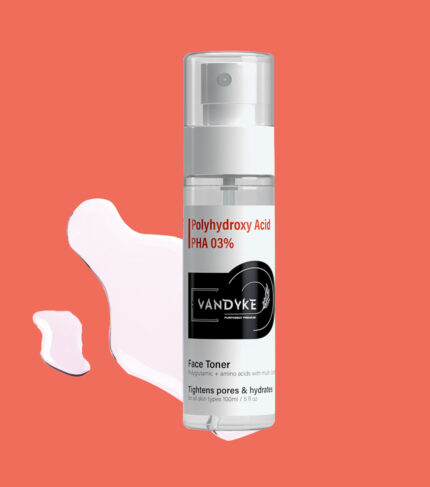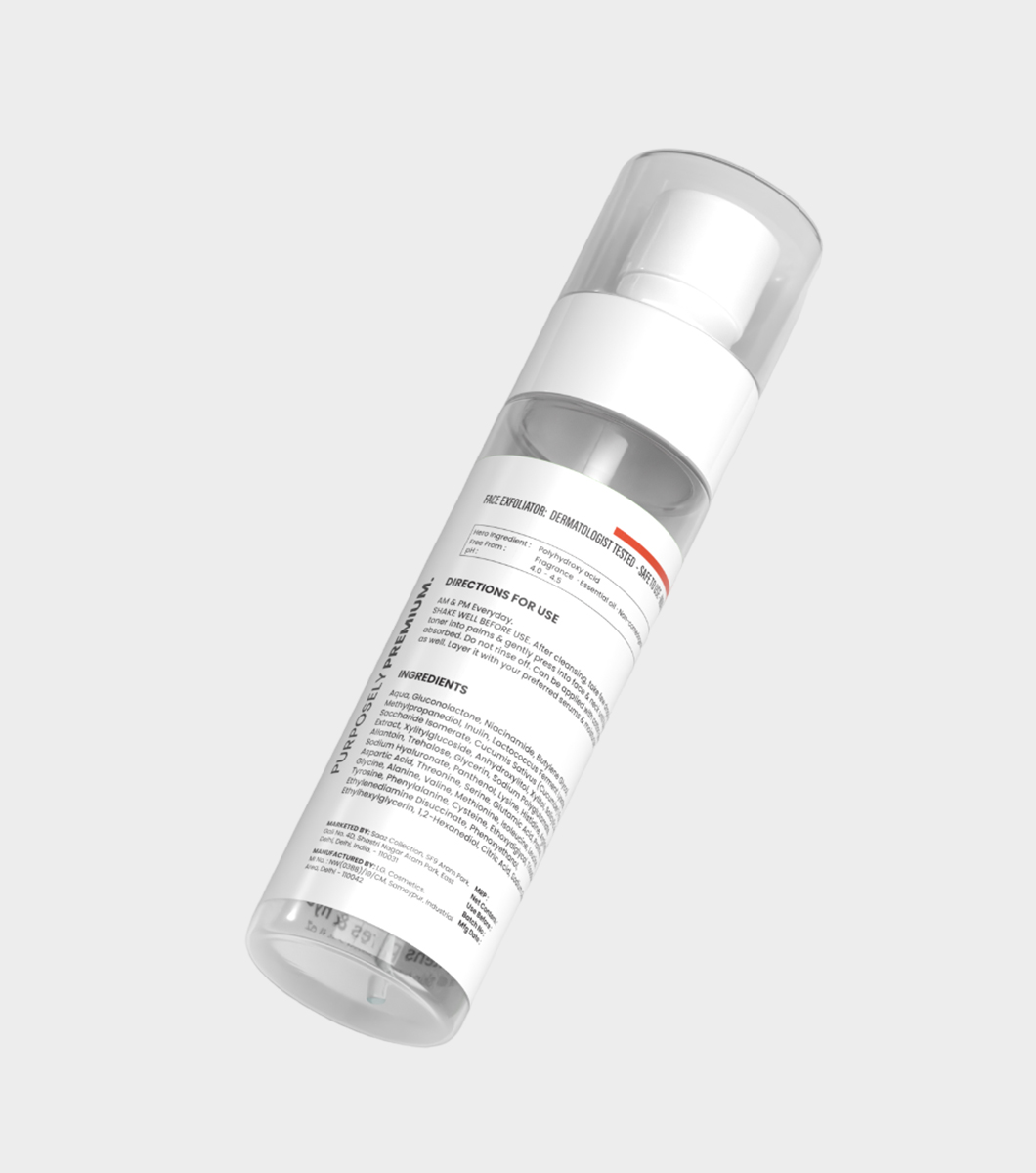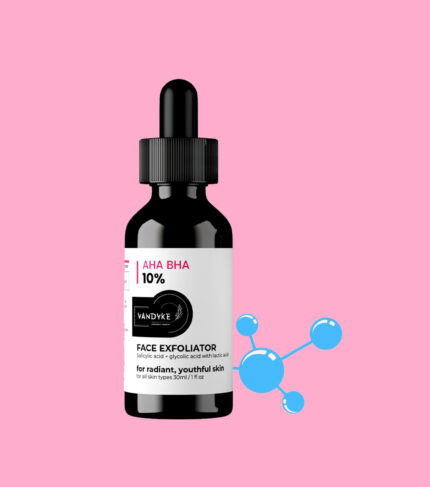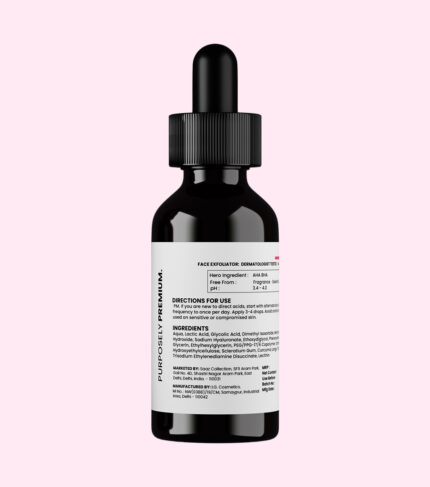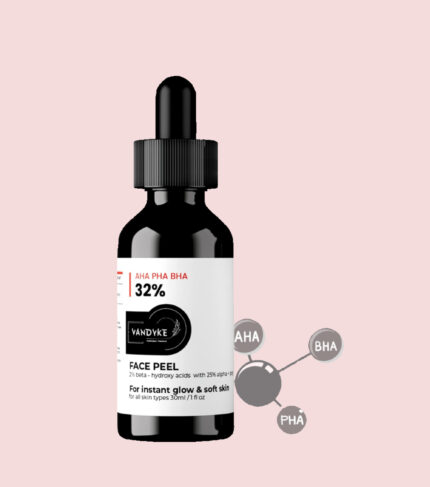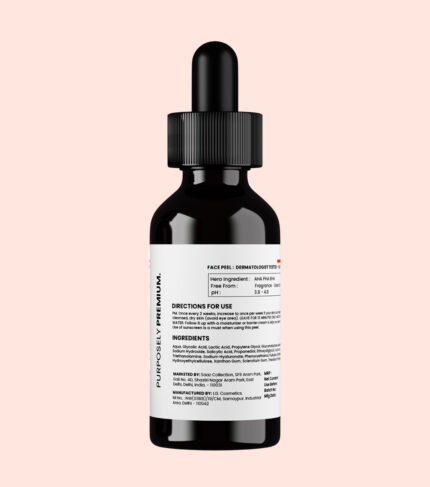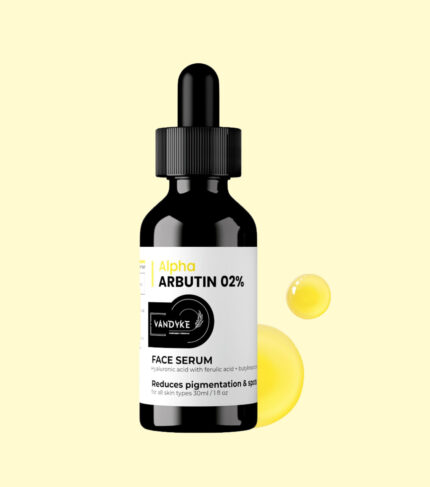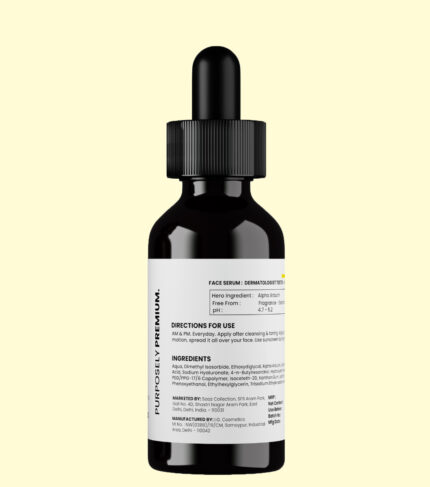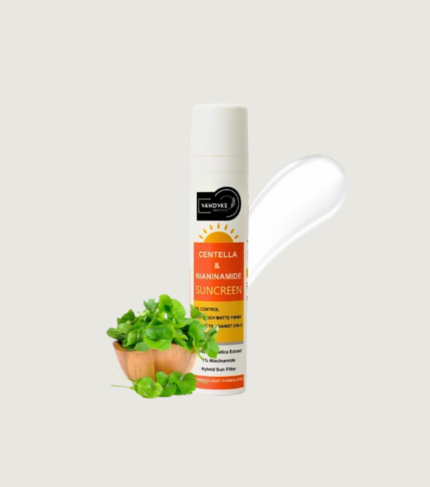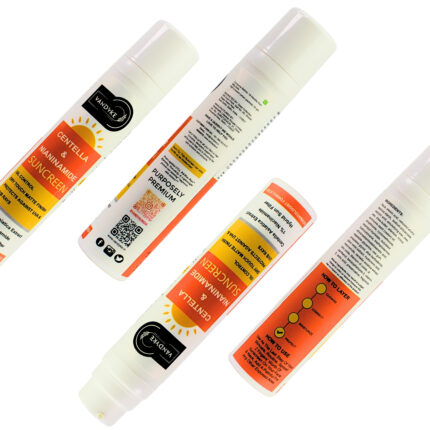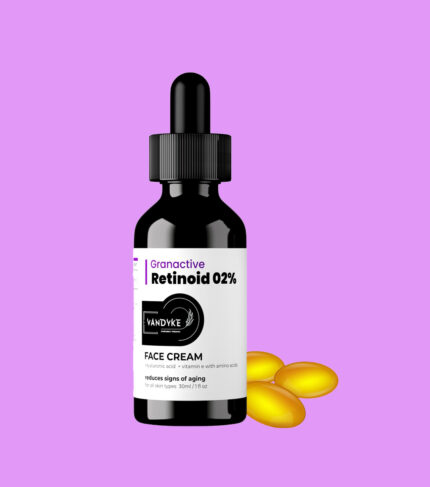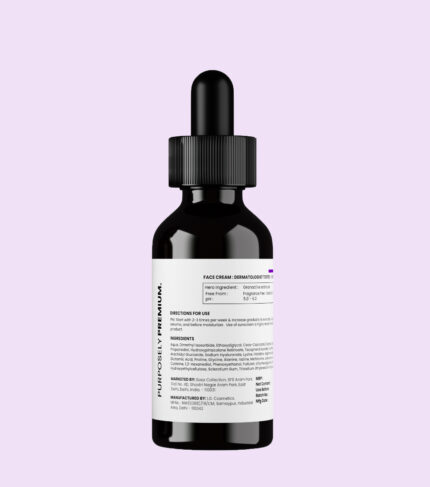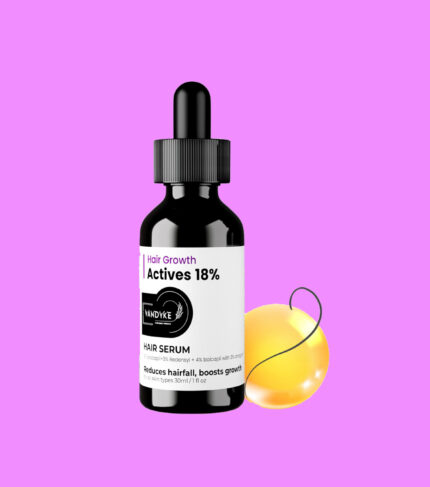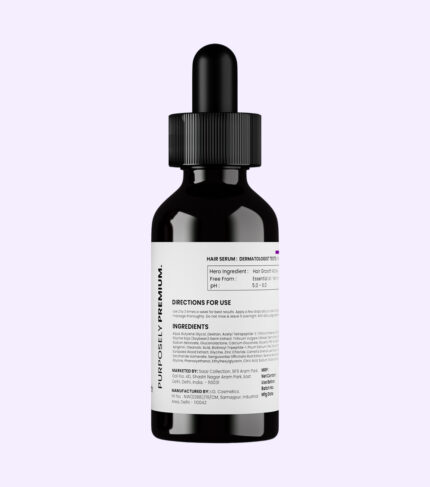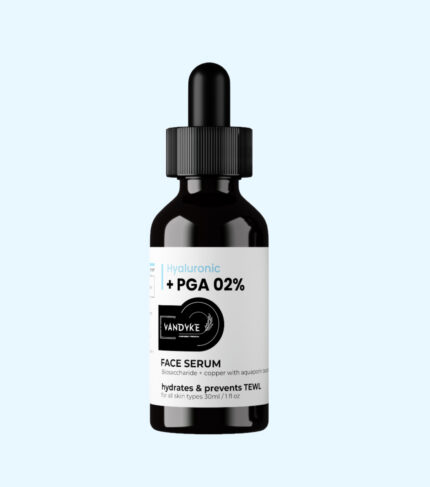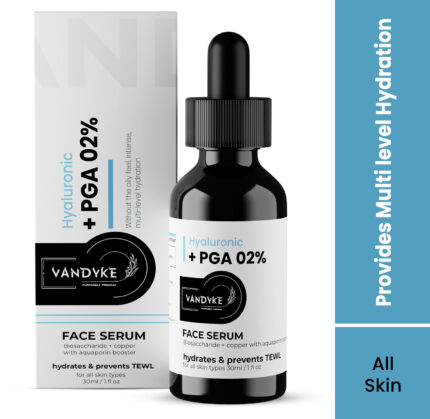How to Use Retinol and Salicylic Acid Together? Know Dermatologist’s Opinion
Learn the secrets to glowing skin by mastering the art of using retinol and salicylic acid together. In this guide, discover the power-packed synergy of these skincare superheroes. Learn how to effectively incorporate both into your routine, unveiling a balanced approach to clear, smooth and healthy-looking skin.
Please follow this guide as closely as possible, as a lot of research has been done and important data has been collected to improve the information in this article. Additionally, it is suggested that you try to read this guide from beginning to end without missing a single word, as you might have missed some words.
Can you use retinol and salicylic acid together
Along with retinol’s ability to boost collagen, the pore-exfoliating properties of salicylic acid can help reduce breakouts and fade acne scars. retinol and salicylic acid together can potentially have a dual effect on hyperpigmentation.
Salicylic acid helps to lighten skin tone, and retinol helps to address dark spots on the face. Implementing SPF 50 sunscreen is important because both of these substances increase sensitivity to the sun, so exercise caution and always see a dermatologist before using them on sensitive skin.
NOTE: There is no question that retinol and salicylic acid can be used together, but you should use caution when doing so, especially if this is your first time using the combination. Take it slow and pay attention to your skin. Keep in mind to use a moisturizer as well, as both can cause skin to become dehydrated.
How to use retinol and salicylic acid together for acne
Salicylic acid and retinol are both excellent ingredients for acne-prone skin. Try combining retinol at night and salicylic acid in the morning, but don’t use both at the same time. Start with a low concentration. Since both of these have the potential to dry out the skin, moisturizer should be your top choice.
Use non-comedogenic and fragrance-free moisturizers. Vandyke 10% Vitamin B5 Moisturizer, which is completely non-comedogenic and fragrance-free, is important in this regard. If you feel any kind of irritation after using Salicylic Acid 02% and retinol, stop using it and consult a Skin care expert.
NOTE: Once you have some knowledge of the art of mixing retinol 0.3% and salicylic acid together, you should have specific details about both these serums. You will find a detailed description of both serums below.
What Does Salicylic acid serum Do For Skin
Skin Treatment When it comes to addressing particular skin concerns, AHA (alpha hydroxy acid) and BHA (beta hydroxy acid) are the two most frequently used acids that you should be aware of. The most commonly employed kind is salicylic acid. It’s BHA who has to go.
By governing your skin’s sebum production, it first aids in the removal of dead skin cells. We call it soluble exfoliant. It functions by deeply entering the skin’s hair follicles and severing the connections that are developing between the cells. It aids in binding dead cells and extra oil that become stuck in the pores.
Benefits of Salicylic acid Serum ( Retinol serum and salicylic acid together )
- Blemish Buster
Salicylic Acid 02% is like a little vacuum cleaner for your pores! It removes dead skin cells and reduces breakouts.
- Oil control champion
This superstar sebum regulator helps control excess oil production, a major cause of acne.
- Gentle Exfoliator
Unlike harsh physical scrubs, salicylic acid works deep within the pores, dissolving stubborn dead skin cells and debris.
- Anti-inflammatory
Salicylic Acid 02% has anti-inflammatory properties that help soothe skin irritation and redness associated with acne. It helps in faster healing of blemishes and reduces inflammation.
What Does Retinol serum Do For Skin
Retinol 0.3% is being used more often these days because people want to make their skin’s pigmentation less noticeable. In particular, the effects of ageing skin are countered by this serum. Additionally, retinol contains vitamin A, which, when applied topically, transforms into retinoic acid.
Granactive Retinoid 02% The acid acts as a special antioxidant that aids in the healing of ageing skin by binding with receptors on skin cells, accelerating cell turnover and increasing the production of collagen. It also helps to increase skin elasticity.
Benefits of retinol Serum ( Retinol serum and salicylic acid together )
- Anti aging powerhouse
Retinol stimulates collagen production, the protein that keeps skin plump and elastic. It reduces the appearance of fine lines, wrinkles and age spots.
- Acne fighting
Retinol 0.3% unclogs pores by increasing cell turnover, preventing breakouts and blemishes. It also reduces inflammation and soothes existing acne.
- Hyperpigmentation Hero
Retinol reduces dark spots and sun damage by interfering with melanin production. It evens out skin tone, reduces hyperpigmentation.
- Texture Refiner
Retinol removes dead skin cells, smoothes rough texture and improves overall skin clarity. It can also reduce the appearance of enlarged pores, giving a brighter look.
- Overall Skin Health Booster
Retinol 0.3% serum promotes healthy cell turnover, which strengthens the skin’s barrier function. It protects against environmental damage, free radicals and premature aging.
Retinol or salicylic acid first: which should I prefer first?
Remember: Deciding whether to use Retinol 0.3% or Salicylic Acid 02% first depends on your skin concerns and needs! There’s no one-size-fits-all answer, but here’s an overview to help you choose:
If your main concern is
Acne and Pimples Salicylic acid first
followed by retinol after your skin adjusts. Start with lower concentrations and use them on different days (for example, Salicylic Acid 02% in the morning, Retinol 0.3%at night).
Anti-Aging & Wrinkles: Retinol
first, then add salicylic acid later if needed for occasional breakouts. Start with a low concentration and gradually increase the frequency as tolerated.
Conclusion
In conclusion, the harmony of retinol and salicylic acid unlocks a powerful skin care alliance. With diligent application and gradual integration, you can achieve a harmonious balance, and enjoy the benefits of smoother, clearer skin. Treat this dynamic duo with care, and let the synergy of retinol 0.3% and salicylic acid redefine your skin care routine for a glowing, revitalized complexion.
Also remember that in our article we have also provided the answer to the most frequently asked question by people, How to use retinol and salicylic acid together at night. To know this you can read it in the above article.

